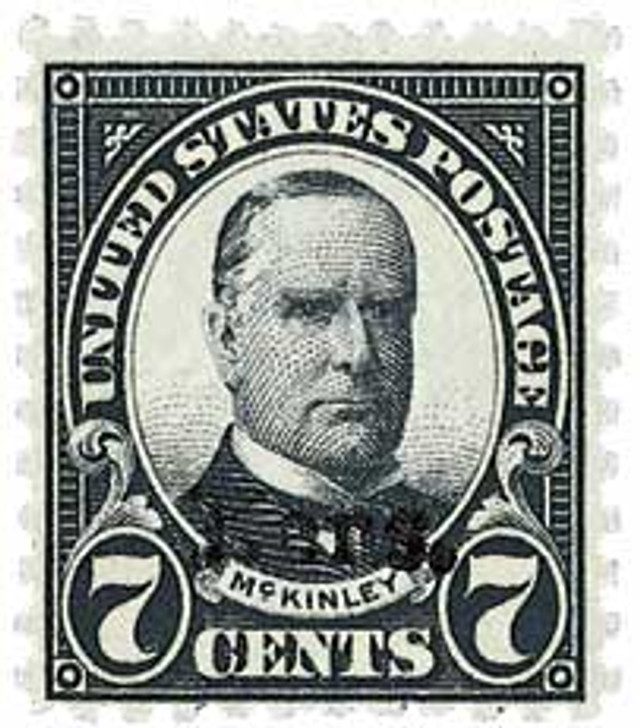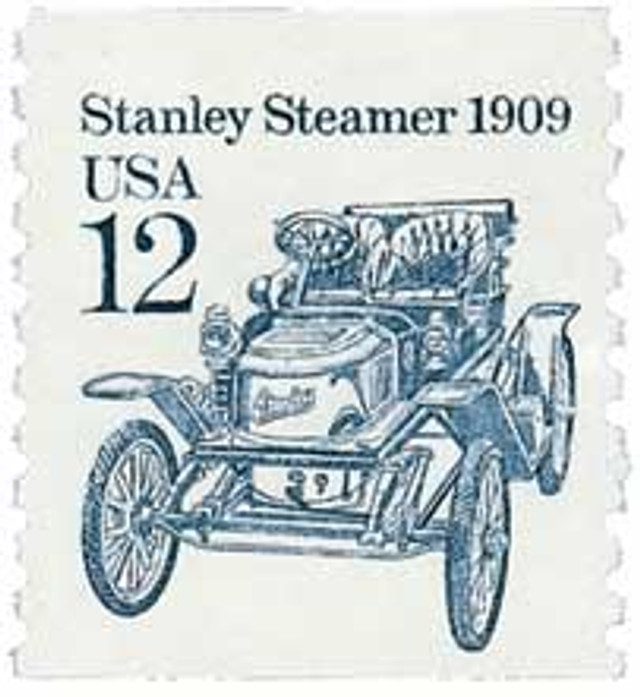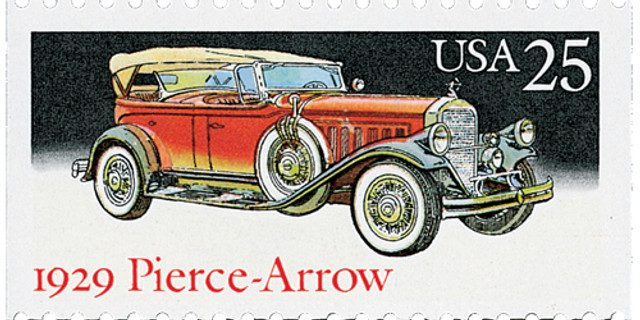
Touring New England on August 22, 1902, Theodore Roosevelt became the first sitting president to publicly ride in an electric automobile accompanied by security. This was the first modern presidential motorcade.
The year before, William McKinley became the first US president to ride in an automobile on July 13, 1901, during a public demonstration in New Hampshire. Freelan Oscar Stanley, co-founder of the Stanley Motor Carriage Company, invited McKinley to experience his company’s steam-powered “Stanley Steamer” while the president was visiting the Mount Washington Hotel.
The demonstration was meant to showcase the promise of the automobile, which was still a rare and exciting invention at the time. McKinley’s ride was short, but it was a highly publicized event that drew attention to both the president’s interest in new technology and the growing importance of automobiles in American life. For many Americans reading about the ride in newspapers, it was the first time they had considered the automobile as something more than a curiosity.
Only weeks later, McKinley rode in a car again, but under far more tragic circumstances. On September 6, 1901, he was shot twice while attending the Pan-American Exposition in Buffalo, New York. In the desperate rush to save his life, officials placed him in an electric-powered ambulance available on the fairgrounds, which sped him to the exposition hospital. This was the first time a US president had ever been transported in a motorized emergency vehicle. Unfortunately, despite the speed of the new invention, doctors were unable to save him, and McKinley died a few days later.
Following McKinley’s assassination, his vice president, Theodore Roosevelt was sworn in, coming the nation’s youngest president. Roosevelt quickly became a leader in the Progressive Era and set about fulfilling his own political agenda. He proved popular among the people and toured often. In August 1902, Roosevelt took a yacht to New Haven, Connecticut and then embarked on a state-wide tour in a Columbia Electric Victoria Phaeton automobile. An estimated 20,000 people lined the streets to catch a glimpse of the president and cheer him on as he passed by.
President Roosevelt made several stops along the way, including a visit to New Haven Coliseum, where he spoke before a crowd of 5,000. He also visited Hartford’s Pope Park, where he expressed his appreciation for the 10,000 workers there. Roosevelt noted, “I should, of course, be wholly unfit for the position I occupy if I did not give my best thoughts and best purpose to trying to serve the interests of the toiler of America – the man who works with his hands, and, of course, also the man who works with his head.”
Because of the maximum speed of Roosevelt’s car (13 miles per hour), his police guards couldn’t keep up with him on foot. This outing helped establish the idea of a presidential motorcade—he was accompanied by an entourage including horseback riders, bicycles, and other automobiles.
While publicly Roosevelt appeared enthusiastic, privately he was more skeptical. In a 1905 letter he wrote, “Motor cars are a trial, aren’t they? … I regard them as distinct additions to the discomfort of living,” signaling that despite the spectacle, he still saw automobiles more as inconveniences than conveniences.
Roosevelt’s underlying commitment to tradition showed itself again when he opted for a carriage—not a car—for his 1905 inauguration, continuing to favor horses for official purposes. His cautious stance contrasted sharply with that of his successor, William Howard Taft, who enthusiastically transitioned into using official White House automobiles and spurred the transformation of the presidential motorcade into a modern symbol of progress.
Taft fully embraced the new technology and ushered cars into official White House life. He was fascinated by machinery and quickly replaced the presidential stables with a garage. In 1909, the White House purchased its first official automobiles, including a White Steamer, a Pierce-Arrow, and a Baker electric car for shorter city trips. Unlike Roosevelt, Taft saw cars not as nuisances but as practical tools for modern leadership, and his adoption of them set a new standard for presidential travel.
Over the following decades, automobiles became a fixture of American political life. By the 1920s, presidents like Warren Harding and Calvin Coolidge used open-top cars for public parades, allowing them to be seen more easily by large crowds. This visibility made the presidential motorcade a powerful symbol of both connection and authority. By Franklin D. Roosevelt’s era, security concerns and the president’s disability reshaped the motorcade: FDR often rode in heavily modified, enclosed cars, including the famous armored 1939 Lincoln known as the “Sunshine Special.” What had begun as a novelty ride for McKinley and a skeptical experiment for Theodore Roosevelt had, within a few decades, evolved into an essential institution—one that blended technology, politics, and public image into a lasting presidential tradition.
| FREE printable This Day in History album pages Download a PDF of today’s article. Get a binder or other supplies to create your This Day in History album. |
Discover what else happened on This Day in History.







Love to have them. Interesting!
Good information. Thank you.
I l this history about stamp s, good yay to start the day. …….
Very interesting
IT GOOD TO KEEP UP WITH WHAT HAPPENED IN THE PAST. ENJOY YOUR BIT OF HISTORY. SHIRLEY DRUM
I most enjoy the way you put history together with the beautiful stamps
I enjoy reading what happened this day in history using stamps as the backdrop.
Keep it coming !!!!
Thanks Carl, neat info, never knew about all the “firsts” for a U.S.President!!
Great story was surprised to read about McKinley ‘s assassination at the world’s fair.TR was a great president.He would turn this country upside down if he were president today.
This is a great series of historical items. Some I know about, but even those I find new information from these posts. Thank you for this information.
I was born and raised in Taberg, NY, about 6 miles south of Camden, and graduated from Camden Central School in 1964. Mystic Stamp was just a small business back then, but nevertheless, had an excellent reputation from the small town in Upstate NY. Your company has grown to be THE source of stamps for collectors around the world. Your posting of This Day in History, highlighting the important events from the past that are supported by stamps issued in commemoration is an excellent example of how you folks ‘think out of the box’ to provide the highest level of service to your customers. Congratulations and keep it up!
That’s fascinating. I never knew that.
Must be a fantastic Presidential motorcade .
Wonderful story. Theodore Roosevelt is an excellent role model for our children. When I taught sixth grade reading, his life story was featured in the reading book. He is one of our heroes. Mystic is to be recognized for your love of American History. thank you.
Where else would u find 8 firsts in a short synopsis. I like this series and enjoy it very much. My thanks to the creators of each article. Did you know TR also owned a ranch out west?
Roosevelt’s predecessor, William McKinley, was the first president to ride in a car, but Roosevelt was the first to make it part of his official presidential duties when he toured Hartford, Connecticut in 1902.
Technically, as others have noted, Teddy Roosevelt was not the first president to ride in a car. That distinction goes to William McKinley who after being shot at the World’s Fair in Buffalo was transferred to a hospital in a motorized vehicle.
Does anyone know what kind of car it was? Gas vs. electric?
No fat jokes for Taft?